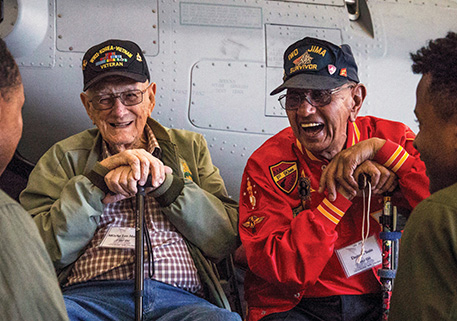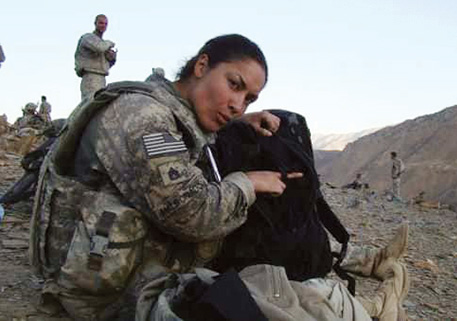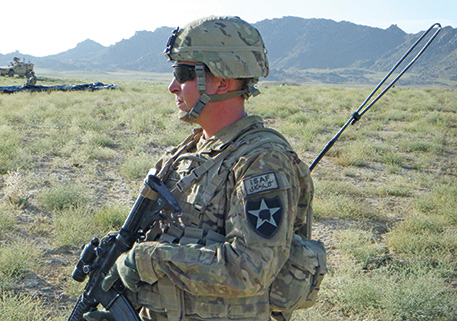Acceptance of body art is rising but can still impact veteran employment
Tattoos have a rich history among the culture of our nation’s veterans. Martin Hildebrandt, often regarded as the first professional tattoo artist in the U.S., served in the Union Army during the Civil War. In an 1876 interview with the New York Times, Hildebrandt is reported to have once said, “During war times I never had a moment’s idle time. I must have marked thousands of sailors and soldiers […] I put the names of hundreds of soldiers on their arms or breasts, and many were recognized by these marks after being killed or wounded.”
A poll of more than 2,000 American adults indicated that nearly 30 percent of today’s Americans have tattoos. Those who have at least one are 70 percent more likely to have two or more.
The findings published by the Harris Poll indicate acceptance of tattoos is on the rise. The study found most adults were comfortable with seeing visible tattoos on people in professions like information technology, law enforcement and banking but were slightly less comfortable with them in professions such as primary education and the judiciary.
Whatever your personal thoughts on the subject, visible body art can potentially have an impact on a veteran seeking employment after leaving the military.
According to Dr. Marie Hartwell-Walker in an article published in Psych Central, 31 percent of HR managers said visible tattoos can negatively impact their decision to tender an offer of employment. This is because the senior leaders of many businesses or corporations are often older and tend to be more conservative.
“You may think a hiring policy against body art is discriminatory. It’s not,” Dr. Hartwell-Walker said. “Companies have the right to have a dress code and that dress code may exclude tattoos.”
According to the U.S. Equal Employment Opportunity Commission (EEOC), “In general, an employer may establish a dress code which applies to all employees or employees within certain job categories.”
The only exceptions, according to the EEOC, are a dress code must not discriminate against national origin, religious practices or disability unless an employee requests an accommodation but doing so would result in undue hardship. An exception to existing body art is not addressed by the EEOC.
DAV National Director of Human Resources Randy Reese said veterans with visible ink should research individual career paths and companies when job hunting.
“You can’t go wrong by dressing professionally and making sure your tattoos are covered up if you think there might be an issue,” he said. “It’s important to remember that while tattoos are fairly the norm in the military community, if the job you are looking for has a customer base that is a little more traditional they may decide you aren’t a good fit for their business model.
“It’s not necessarily fair, but it isn’t illegal.”
Dr. Hartwell-Walker offered similar advice.
“It’s always a good idea to start your relationship with a conservative company in a conservative way,” she explained in the Psych Central article. “If over time you prove your worth to the company, you may find that your tattoos will eventually be accepted. You’ll probably know when and if the time is right to start wearing clothes that allow them to show.”






